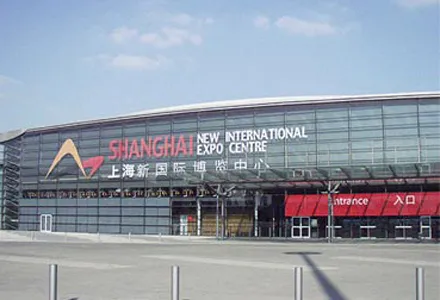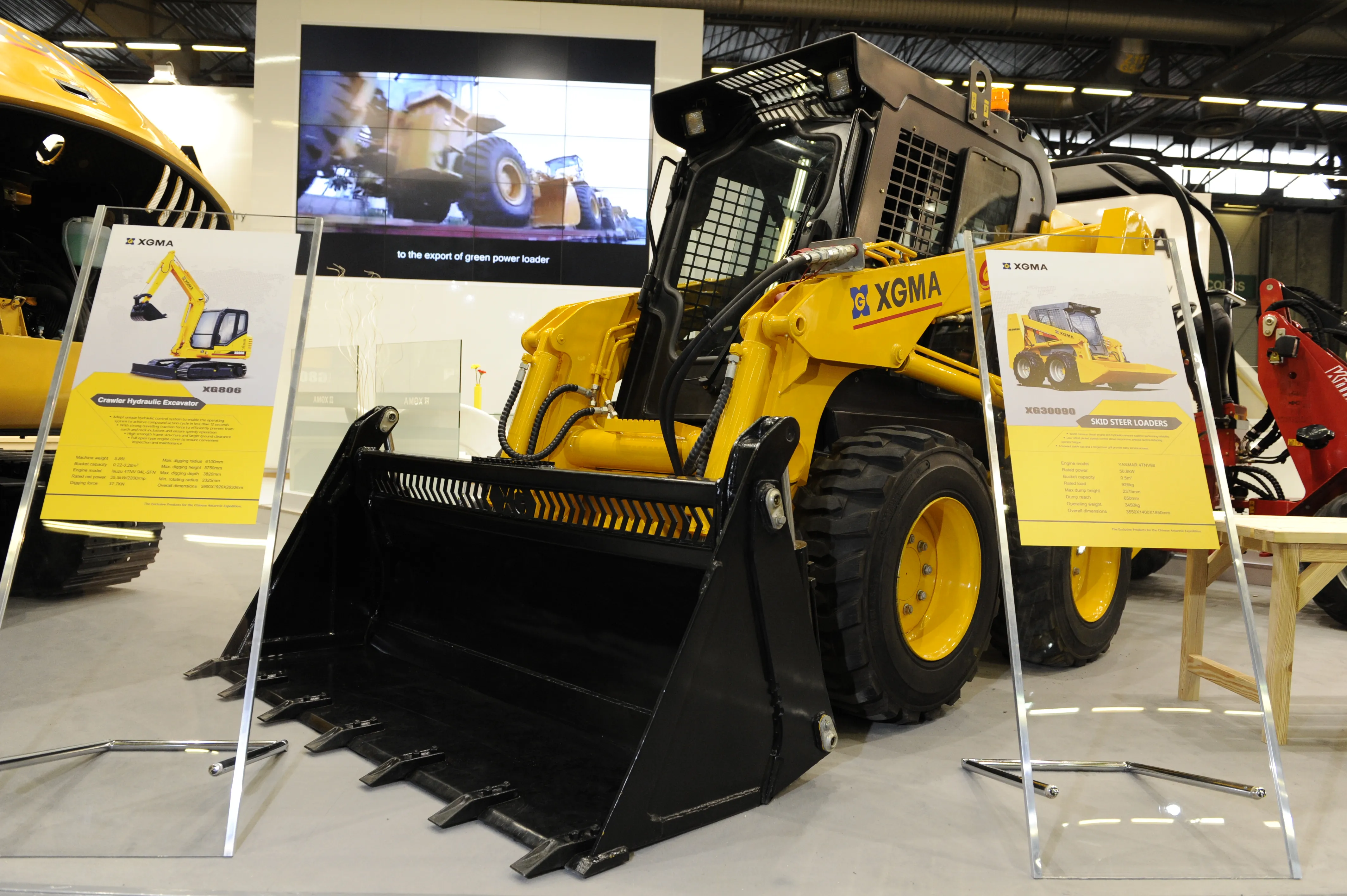Metso announced two initiatives aimed at increasing its share of the fast-growing Chinese crusher market: A joint venture with LiuGong Group, and the acquisition of 75% of Shaorui Heavy Industries. Metso and LiuGong will form a 50%-50% joint venture aimed at developing the track-mounted crushing and screening business in China. The joint venture will combine Metso's know-how in track-mounted crushing and screening business and technology with LiuGong's distribution resources and manufacturing capabilities i
November 27, 2012
Read time: 3 mins

Metso and LiuGong will form a 50%-50% joint venture aimed at developing the track-mounted crushing and screening business in China. The joint venture will combine Metso's know-how in track-mounted crushing and screening business and technology with LiuGong's distribution resources and manufacturing capabilities in China. The initial scope of the joint venture will cover the design and manufacture of localized versions of Metso's Lokotrack 1000 series mobile crushers and screens; the range may be further expanded in the future. The products will be sold under dual branding: Metso LiuGong. The joint venture company will also promote Metso's global track-mounted crushing and screening equipment in China.
Metso will also acquire 75% of
Metso clams the acquisition forms a good platform for future growth by combining Metso's current premium product offering with Shaorui's mid-market products. Shaorui's has 18 sales and services centers and a manufacturing facility in southern China.
Both transactions are subject to the relevant regulatory approvals, which are expected in the next few months.
"China is a very important market for us, and we want to be part of the future development of the fast growing construction market. The joint venture with LiuGong offers us an opportunity to enter the crushing and screening mobile equipment market in China together with a well-known partner. By acquiring 75% of Shaorui, we will gain deeper knowledge about the mid-market customers and products that will benefit us in many ways. In the longer term, both of these investments will naturally grow the installed base of Metso crushers in China providing future service potential," says Andrew Benko, President, Mining and Construction, Metso.
The Chinese construction equipment market is estimated to reach US$100 billion by 2016, driven by urbanisation and infrastructure development.
Metso first entered the Chinese market under a previous name in the 1930s. Currently, Metso Group has more than 3,200 employees in China and a local network of manufacturing and sales and service outlets. In 2011, China was one of Metso's biggest markets with net sales of €777 million. Metso operates in seven fully owned factories and three service centres, and it has three joint ventures with local partners.
Shaorui Heavy Industries employs some 370 people producing crushing and screening equipment for the local market, and is headquartered in Shaoguan, Guangdong Province.
LiuGong is one of the largest wheel loader manufacturers in the world. It offers a full line of machines, including wheel loaders, bulldozers, backhoes, skid steers, forklifts, graders, excavators, rollers, truck-mounted cranes, pavers and cold planners. Liugong owns facilities in Liuzhou, Tianjin, Shanghai, Changzhou, Zhenjiang, Jiangyin and Bengbu.
%$Linker:






